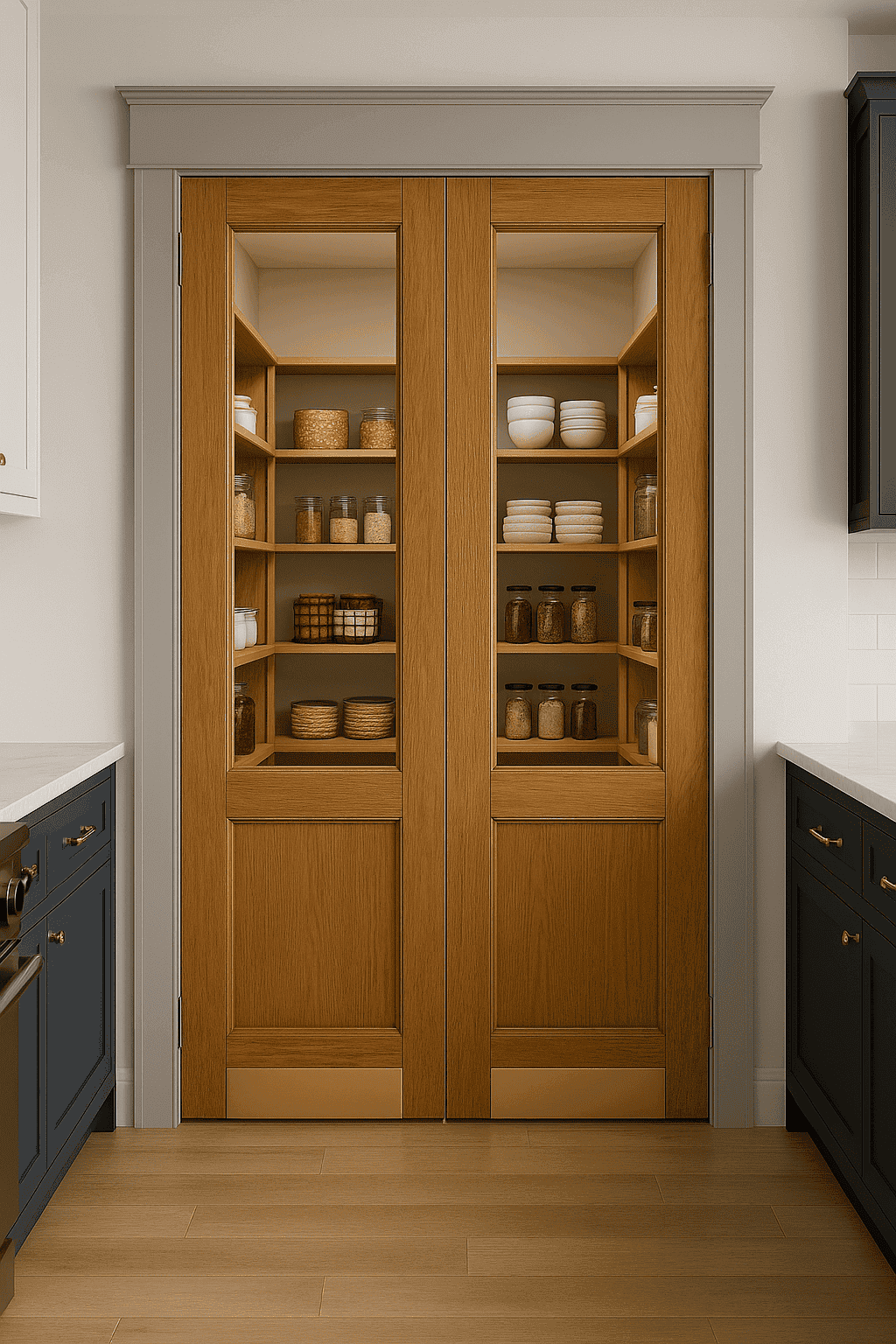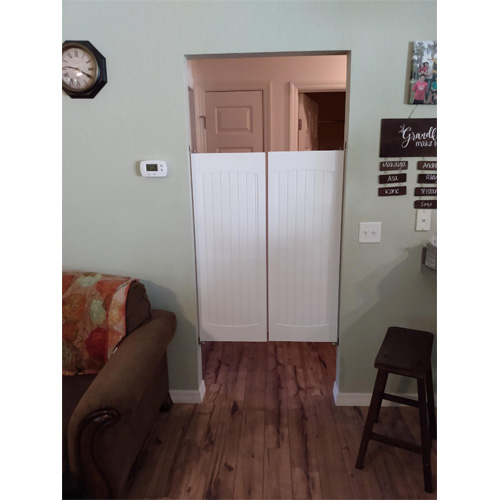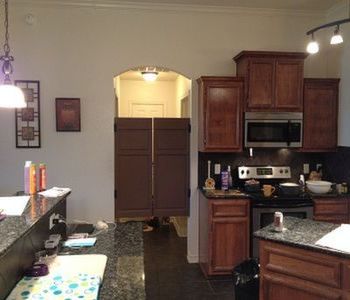
Transform Your Space with Stylish Swinging Cafe Doors
The Unseen Essential: Swinging Doors' Role in Commercial Space Functionality and Aesthetics
Whether you're strolling into a bustling coffee shop, meeting a client in a chic hotel lobby, or navigating the halls of a corporate office, chances are you barely spare a thought for the swinging doors that punctuate your passage. But for architects, designers, and space planners, these unassuming portals represent critical points of consideration when crafting the user experience of commercial interiors. Why do they matter so much? What is the hidden impact of these unassuming barriers in bustling commercial landscapes? This post dives into the swinging door, unpacking its significance in shaping the functionality, design, and future of commercial spaces.
Key Takeaways:
- Faster flow & better accessibility (easy push-through).
- Improved climate control—less drafts, noise, energy loss.
- Custom, durable, and tech-ready (finishes, coatings, touchless).
The Functionality of Swinging Doors
Movement and Efficiency
Swinging doors, also referred to as hinged or pivot doors, are workhorses of convenience and efficiency. In spaces where foot traffic flows freely and the pace is paramount, these doors keep movement fluid. Think about restaurants and kitchens, hospitals and operating theaters, or school corridors — would these spaces be as efficient if every entryway were a traditional, push-to-open door or worse, a manual gate?
Accessibility and Inclusion
For patrons with mobility challenges, parents with strollers, or individuals carrying heavy loads, swinging doors represent a welcome accessibility feature. The simple push and pivot motion opens up spaces to a wider audience, quite literally. They help fulfill compliance standards, such as the Americans with Disabilities Act (ADA), and create an inclusive environment where access is barrier-free.
Energy Management
Swinging doors play a significant role in maintaining environmental controls within commercial spaces. By providing a barrier between conditioned and unconditioned areas, they help conserve energy. Whether they're keeping the refrigerated air in a grocery store's aisles or separating office corridors from communal areas, these doors are unsung heroes in the quest for energy efficiency and reducing operational costs.
Design Considerations for Swinging Doors
Aesthetic Integration
A door is not merely a door. In the grand symphony of space design, each element must harmonize with the next. Swinging doors offer an opportunity for designers to inject character into a space. From traditional wood paneling to sleek, modern surfaces, the right door can be a statement piece that reflects the brand or aesthetic of the establishment.
Material and Finish Selection
Commercial spaces pose a variety of design and maintenance challenges that doors must address. UV-resistant finishes for doors leading to outdoor spaces, non-corrosive materials for high-humidity environments, or anti-bacterial coatings for hygienic requirements are just some of the considerations that go into choosing the right swing door. The material and finish of a door can also resonate with sustainability efforts or the luxury aspirations of a high-end store.
Size and Scale
One size does not fit all in commercial design. Swinging doors must be tailored to the space, both in terms of physical size and scale. An oversized door frame can swallow the impact of a compact retail space, while a set of dainty doors may be lost in a cavernous hotel atrium. It's not just about the door; it's about the proportion it strikes within the context of the surrounding environment.
The Future of Swinging Doors in Commercial Spaces
Technological Advancements
From touchless sensors to smart locking mechanisms, swinging doors are undergoing a technological renaissance. In response to the current global health crisis, touch-free entry solutions have surged in popularity, using sensors to detect movement and automatic systems to open and close doors. The future of door technology promises even more integration with building management systems, further streamlining the operation, security, and maintenance of commercial spaces.
Sustainable Practices
Commercial spaces are becoming increasingly conscious of their environmental impact. This extends to every element, including swinging doors. Manufacturers are responding with innovative materials and construction methods that reduce waste, lower emissions, and promote sustainable practices throughout the lifecycle of the door, from production to disposal.
Customization and Flexibility
The trend towards personalized experiences is translating into commercial spaces, and doors are no exception. Customized designs, personalized finishes, and ad-hoc adjustments to accommodate rebranding or seasonal themes are becoming more common. Commercial spaces are recognizing the value of the unexpected, and a surprising or delightful door design can become a memorable part of the customer or visitor experience.
Conclusion
The swinging door may not have the glamour of a vaulting atrium or the intrigue of a secret meeting room, but its role in commercial spaces is irreplaceable. It is a sentinel and a servant, standing between the public and the private, form and function, tradition and innovation. Swinging doors facilitate a dynamic exchange and embody movement, both real and symbolic, that is the heartbeat of any thriving commercial venue. This overlooked piece of everyday hardware will continue to swing open new possibilities in design and function, as the essence of commercial spaces evolves in step with the expectations of their inhabitants.




